In the vast world of insects, life unfolds at remarkably different paces. From mayflies that experience the world for mere hours to queens of certain ant species that may witness decades of colony life, insect lifespans represent one of the most diverse temporal ranges in the animal kingdom. These tiny creatures, comprising over a million described species, live their lives according to evolutionary strategies finely tuned to their ecological niches. Understanding how long insects live not only satisfies our curiosity about these ubiquitous creatures but also provides valuable insights into adaptation, evolution, and the intricate balance of ecosystems. Let’s explore the fascinating timeline of insect existence and discover what factors influence their brief or extended journeys through life.
The Spectrum of Insect Lifespans
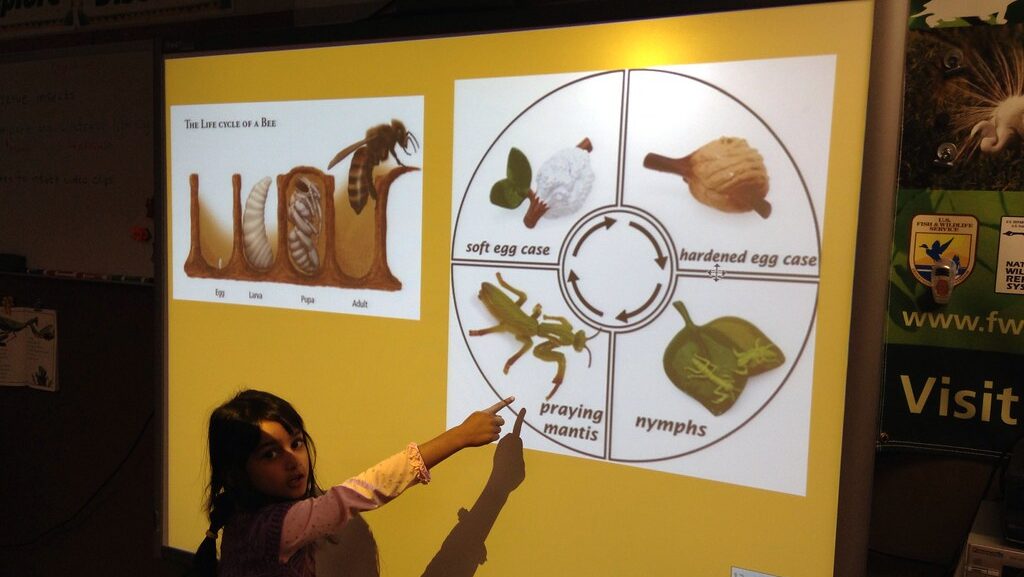
Insect lifespans exist on a remarkable spectrum that stretches from hours to decades. At one extreme are mayflies, whose adult forms may live for just a few hours to a couple of days—just long enough to mate and lay eggs before perishing. On the other end of the spectrum, queen termites of certain species can survive for an astonishing 30-50 years in protected underground colonies, continuously producing offspring. Between these extremes lie countless variations: worker honeybees typically live 4-6 weeks during active seasons, while their queens can survive 2-5 years. This dramatic range in longevity reflects different evolutionary strategies and ecological adaptations that have evolved over hundreds of millions of years as insects colonized virtually every habitat on Earth.
Understanding Insect Life Cycles

To fully comprehend insect lifespans, one must first understand their developmental cycles, which significantly impact their overall longevity. Most insects undergo metamorphosis—either complete (holometabolous) or incomplete (hemimetabolous). Complete metamorphosis involves four distinct life stages: egg, larva, pupa, and adult, as seen in butterflies, beetles, and flies. Incomplete metamorphosis features three stages: egg, nymph, and adult, common in grasshoppers and true bugs. Often, the pre-adult stages collectively last much longer than the adult phase—for example, periodical cicadas spend 13 or 17 years as underground nymphs before emerging for just a few weeks as adults. When scientists discuss insect lifespans, they sometimes focus only on the adult stage, while in other contexts, they may refer to the entire life cycle from egg to death.
The Brief Lives of Mayflies
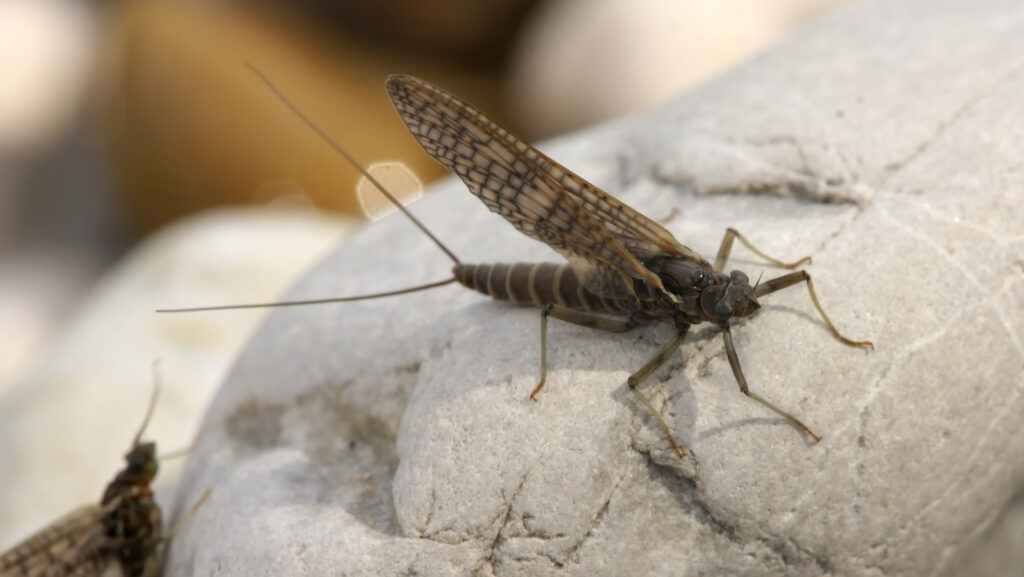
Mayflies (Ephemeroptera) have become synonymous with brevity due to their exceptionally short adult lives. After spending months or even years as aquatic nymphs developing in freshwater environments, adult mayflies emerge for a fleeting existence that typically lasts from 30 minutes to one day. This ephemeral adult stage has one primary purpose: reproduction. Adult mayflies often lack functional mouthparts and digestive systems, making feeding impossible and highlighting their singular focus on mating. They emerge in synchronized masses, creating spectacular swarms that help ensure successful reproduction despite their brief window of opportunity. This extreme adaptation demonstrates an evolutionary strategy that prioritizes reproductive efficiency over individual longevity, with resources invested almost entirely in growth and egg production rather than adult maintenance.
The Record-Holders: Long-Lived Insects
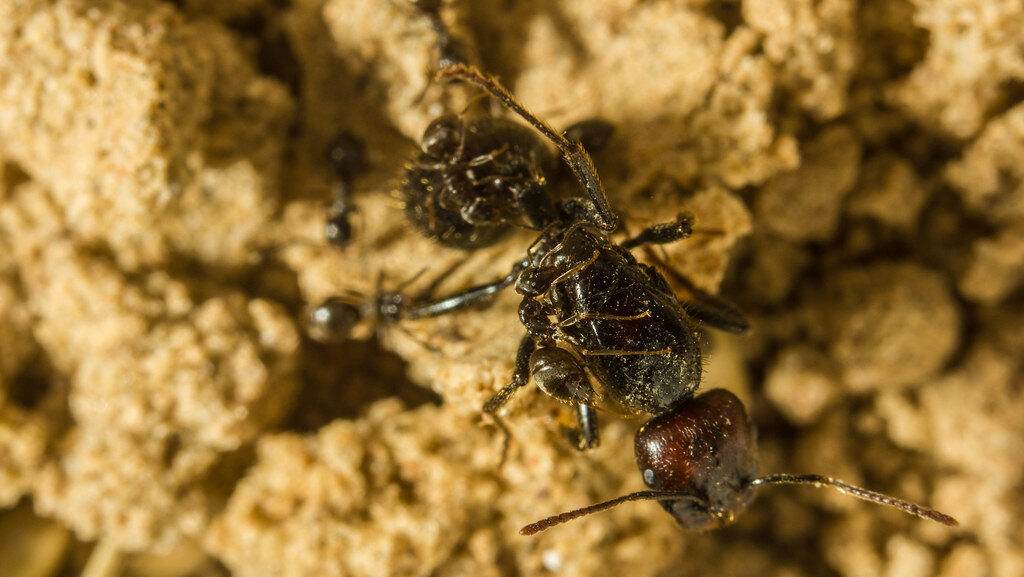
At the opposite end of the lifespan spectrum, certain social insects demonstrate remarkable longevity that defies the typical insect pattern. Termite queens of species like Macrotermes bellicosus can live for several decades—some scientists estimate up to 50 years—continuously producing eggs throughout their lives. Queen ants of certain species also display impressive lifespans, with documented cases of Lasius niger queens living over 28 years in laboratory conditions. The queen of the black garden ant (Lasius niger) typically lives 15-30 years, while worker ants of the same species survive only 1-2 years. This extreme disparity within the same species highlights how social role, rather than simply species identity, can determine lifespan in colonial insects. These long-lived queens represent an evolutionary strategy where concentrated reproduction in protected individuals ensures colony success.
Factors Affecting Insect Longevity
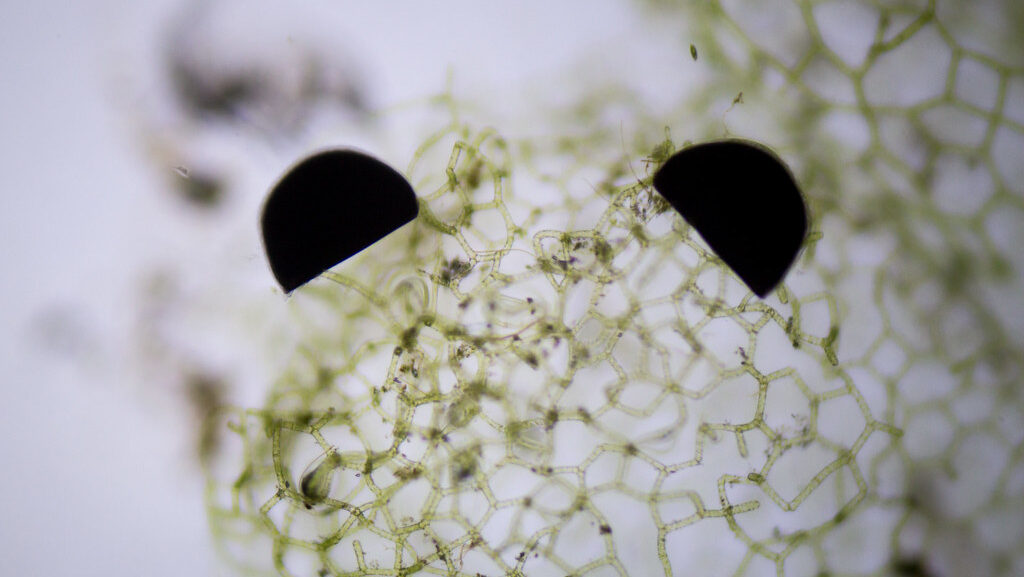
Multiple factors influence how long an insect will live, creating the vast diversity of lifespans observed across species. Temperature plays a critical role, with most insects living longer in cooler conditions that slow their metabolic rates—this is why many insects in temperate regions overwinter in diapause, a state of suspended development. Predation pressure also shapes lifespan evolution, with species facing high predation often evolving shorter lives with earlier reproduction. Reproductive strategy significantly impacts longevity, as energy allocated to producing offspring typically comes at the expense of body maintenance and survival. Environmental stressors like food availability, habitat quality, and exposure to toxins further modify potential lifespans. Finally, body size correlates with longevity across the animal kingdom, with larger insects generally living longer than smaller ones within related groups.
Butterflies and Moths: Ephemeral Beauty

Butterflies and moths (Lepidoptera) epitomize the concept of brief beauty in the insect world, with adult lifespans that contrast dramatically with their extended developmental periods. Most butterfly species live for just 2-4 weeks as adults after spending months as caterpillars and chrysalides. The Monarch butterfly (Danaus plexippus) represents an exception, with migratory individuals living up to 8-9 months to complete their epic journey. Luna moths (Actias luna) and other giant silk moths take the brevity further—they emerge as adults without functional mouthparts and live just 7-10 days, focusing entirely on finding mates and reproducing. This pattern of extended development followed by a brief, reproduction-focused adult stage characterizes many Lepidoptera species, reflecting an evolutionary balance that prioritizes reproductive success over individual longevity.
Beetles: Champions of Diversity in Lifespan
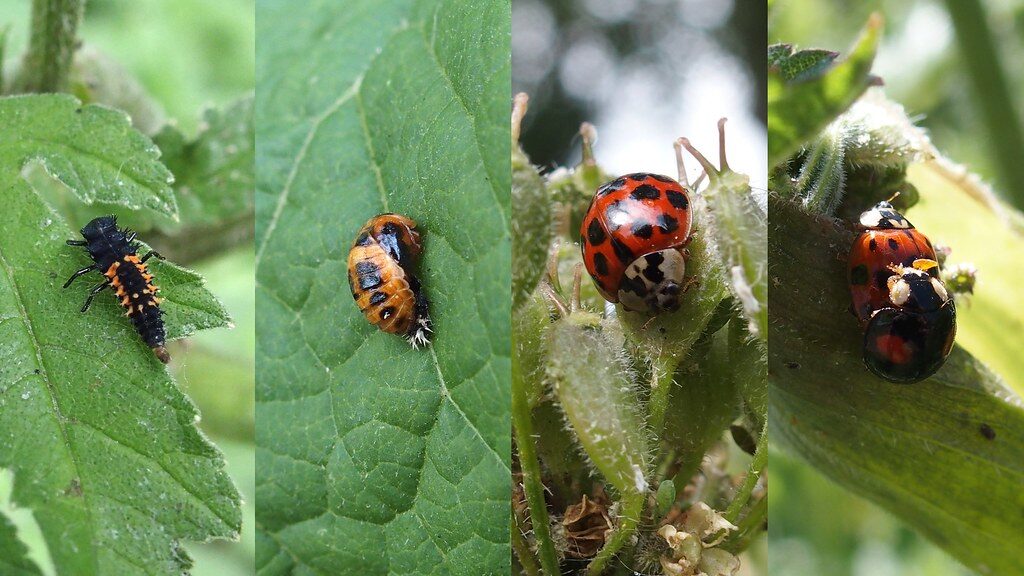
Beetles (Coleoptera), the most diverse insect order with over 400,000 described species, display an equally impressive range of lifespans. Many common beetles like ladybugs (Coccinellidae) live approximately one year, with adults hibernating through winter after summer reproduction. Wood-boring beetles demonstrate much longer lifespans, with some cerambycid larvae developing inside trees for up to 30 years before emerging as adults that live just a few weeks—the record-holding alpine longhorn beetle (Dorcadion fuliginator) can take up to 41 years to develop in adverse conditions. Deathwatch beetles (Xestobium rufovillosum) may spend 7-10 years as larvae inside wooden structures. The diversity in beetle lifespans reflects their incredible ecological versatility, with different species adapted to habitats ranging from ephemeral dung pats that require rapid development to ancient trees that provide stable, long-term resources.
Social Insects: Age Stratification in Colonies
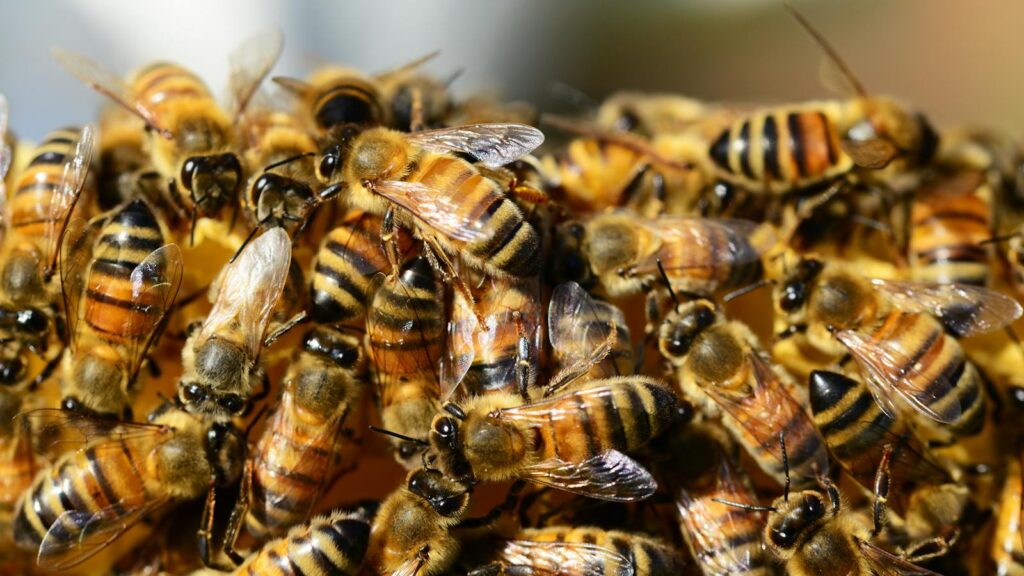
Social insects—particularly ants, bees, termites, and some wasps—exhibit fascinating patterns of lifespan stratification based on caste and role within their colonies. In honeybees (Apis mellifera), summer worker bees typically live just 4-6 weeks of intense activity, while winter workers can survive 4-6 months by reducing activity and conserving resources. The queen bee, meanwhile, can live 2-5 years while laying up to 2,000 eggs daily. Similar patterns appear in ant colonies, where workers typically live months to a few years while queens of many species survive for decades. This dramatic lifespan disparity represents a form of reproductive division of labor, where the genetic interests of colony members are served by having few long-lived reproductive individuals supported by numerous shorter-lived workers. The protected environment of social insect colonies also contributes to the exceptional longevity of queens compared to solitary insects.
Cicadas: Champions of the Long Game
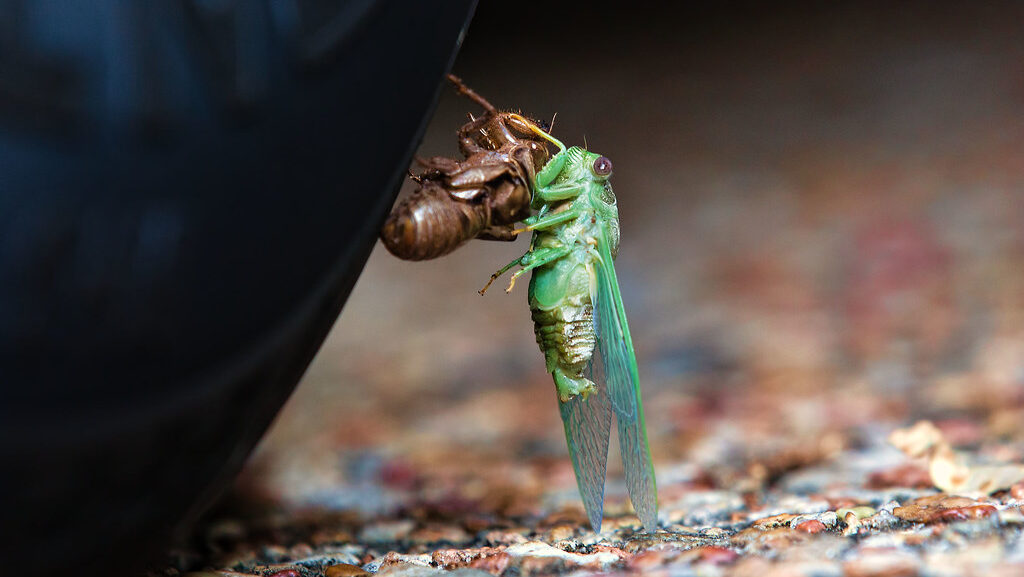
Periodical cicadas (Magicicada spp.) have evolved one of the most unusual life history strategies in the insect world, with extraordinarily long juvenile periods followed by brief adult lives. The famous 17-year cicadas of eastern North America spend nearly two decades underground as nymphs, slowly feeding on tree root fluids before emerging en masse for a 4-6 week adult phase dedicated to mating and egg-laying. Their close relatives, the 13-year cicadas, follow a similar pattern with a slightly shorter underground phase. This synchronized emergence of billions of individuals represents a remarkable evolutionary strategy called predator satiation—emerging in such overwhelming numbers that predators can consume only a small percentage of the population. The prime-numbered years of their cycles (13 and 17) may have evolved to prevent synchronization with predator population cycles, giving these insects an additional survival advantage despite their brief adult lives.
Aquatic Insects: Life Between Two Worlds
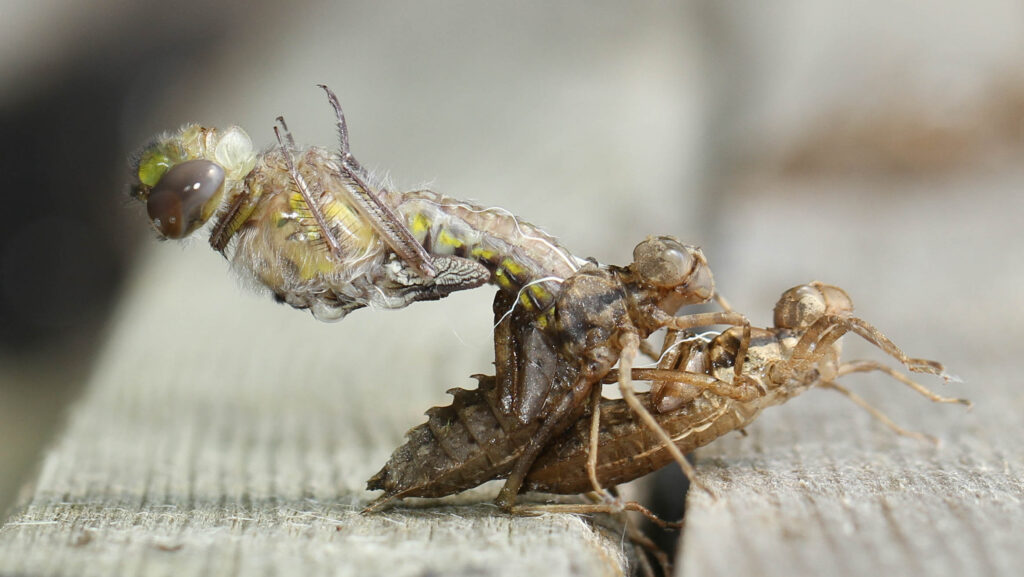
Insects with aquatic juvenile stages exhibit fascinating lifespan patterns that bridge water and terrestrial environments. Dragonflies and damselflies (Odonata) spend months to years as predatory aquatic nymphs before emerging as aerial adults that typically live just a few weeks to months. Mosquitoes (Culicidae) develop from egg to adult in as little as 7-10 days in warm conditions, with adults usually surviving 2-3 weeks, though some species can live several months. Caddisflies (Trichoptera) may spend a year or more as aquatic larvae constructing distinctive protective cases before transforming into short-lived adults. The contrast between extended aquatic juvenile phases and briefer terrestrial adult stages highlights the different selective pressures operating in these environments. Water provides relative protection and stable resources for development, while the adult flying phase faces higher energy demands and predation risks, often leading to shorter lifespans dedicated primarily to dispersal and reproduction.
Seasonal Strategies: Diapause and Dormancy
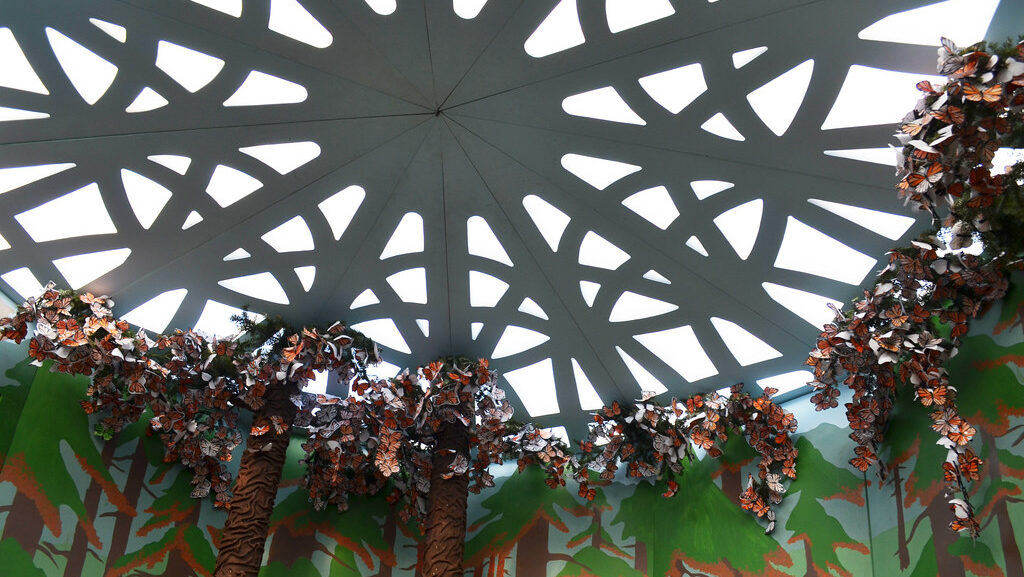
Many insects in temperate and extreme environments have evolved sophisticated dormancy mechanisms that effectively extend their lifespans by pausing development during unfavorable conditions. Diapause—a programmed period of suspended development—can occur at any life stage depending on the species, allowing insects to synchronize their active periods with favorable seasons. Monarch butterflies that migrate to Mexico enter reproductive diapause, extending their typical 2-6 week lifespan to 8-9 months. Many mosquito species overwinter as fertilized adult females in protected locations, essentially extending their lives by several months through reduced metabolism. Some insects employ quiescence—a temporary reduction in activity in direct response to adverse conditions—which can be initiated and terminated quickly as conditions change. These adaptations enable insects to survive seasonal challenges that would otherwise exceed their normal physiological tolerances, effectively stretching their functional lifespans across inhospitable periods.
Human Impacts on Insect Lifespans
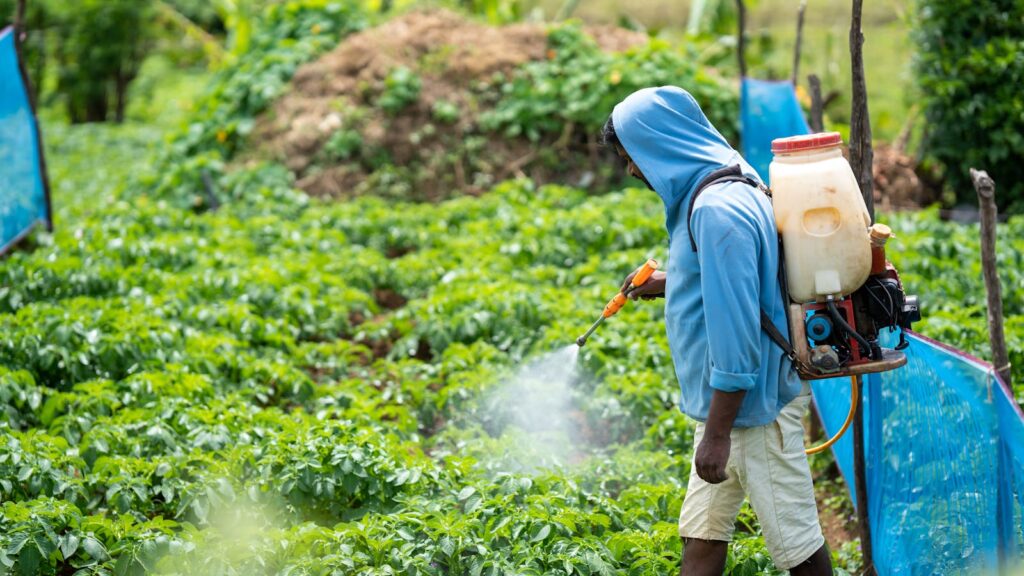
Human activities increasingly affect how long insects live in both natural and managed environments. Pesticide exposure can dramatically shorten lifespans through direct toxicity or sublethal effects that impair feeding, development, and reproduction. Climate change alters temperature regimes and seasonal patterns, potentially disrupting the timing of insect life cycles and creating mismatches between insects and their food resources. Habitat fragmentation may force insects to expend more energy seeking appropriate resources, reducing overall lifespan. Light pollution disrupts nocturnal insects’ navigation, mating, and feeding behaviors, potentially shortening their effective lives. Conversely, certain human activities like beekeeping can enhance honeybee queen longevity through selective breeding and optimal colony management. Understanding these human impacts on insect lifespans has become increasingly important for conservation efforts and sustainable management of beneficial insects like pollinators.
Evolutionary Perspectives on Insect Longevity
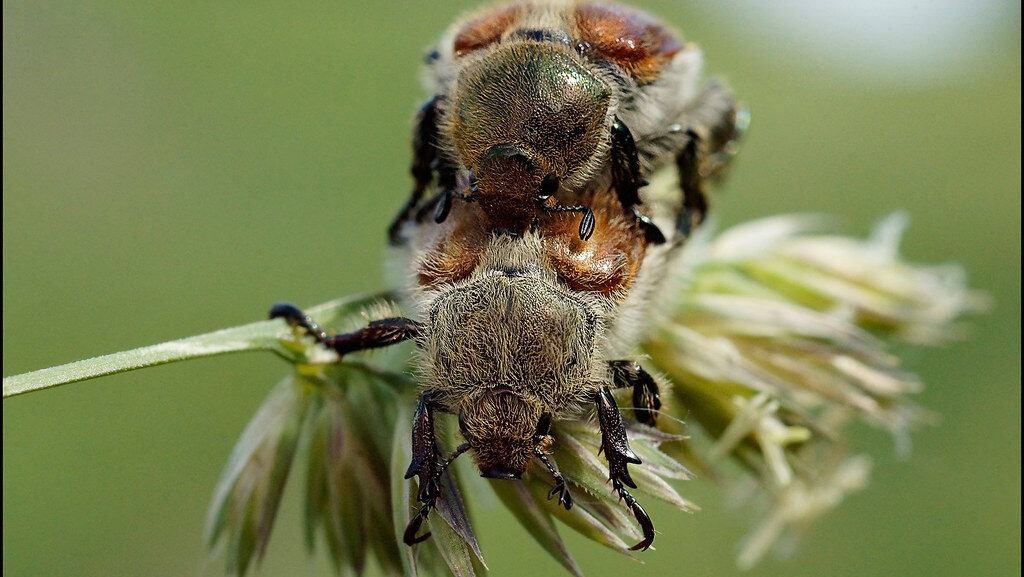
From an evolutionary standpoint, insect lifespans reflect trade-offs between reproduction and survival that have been shaped by millions of years of natural selection. The r-selection strategy—characterized by producing many offspring with minimal parental investment—dominates in the insect world, typically favoring shorter adult lifespans with resources channeled into reproduction rather than bodily maintenance. Environmental unpredictability also influences lifespan evolution, with unstable habitats often favoring shorter-lived species that can rapidly complete their life cycles when conditions permit. The remarkable diversity of insect lifespans demonstrates that no single approach to longevity is universally advantageous. Instead, each species’ lifespan represents an optimized solution to specific ecological challenges and opportunities. This evolutionary perspective helps explain why some insects live for mere hours while others survive for decades—each lifespan strategy is finely tuned to maximize reproductive success within a particular ecological context.
Scientific Research and Future Directions

Insects continue to provide valuable models for understanding the biological mechanisms of aging and longevity. Researchers use species like fruit flies (Drosophila melanogaster) to investigate genetic pathways that influence lifespan, identifying factors like insulin signaling, antioxidant systems, and caloric restriction that affect how quickly organisms age. Social insects with dramatic lifespan differences between castes offer unique opportunities to study how the same genome can produce dramatically different lifespans based on environmental factors and gene expression patterns. Emerging research areas include investigating how microbiomes influence insect longevity and exploring connections between reproductive senescence and overall aging. As climate change and other human impacts increasingly affect insect populations worldwide, understanding factors that influence insect lifespans becomes increasingly important for conservation efforts. Future research will likely focus on applying insights from insect aging to broader questions of longevity across species, including humans.
The remarkable diversity of insect lifespans—from the ephemeral mayfly to the long-lived termite queen—highlights the incredible adaptability of these six-legged creatures. Each species’ lifespan represents a finely tuned evolutionary strategy balancing reproduction, development, and survival within specific ecological contexts. As we’ve seen, factors like body size, metabolism, reproductive strategy, and environmental conditions all play crucial roles in determining how long an insect will live. Beyond satisfying our curiosity, understanding insect lifespans has practical implications for agriculture, conservation, and even human longevity research. In these tiny creatures, we find profound lessons about the diversity of life strategies that have evolved on our planet—reminding us that in nature, success is measured not just in years lived, but in the effective passing of genes to the next generation.
